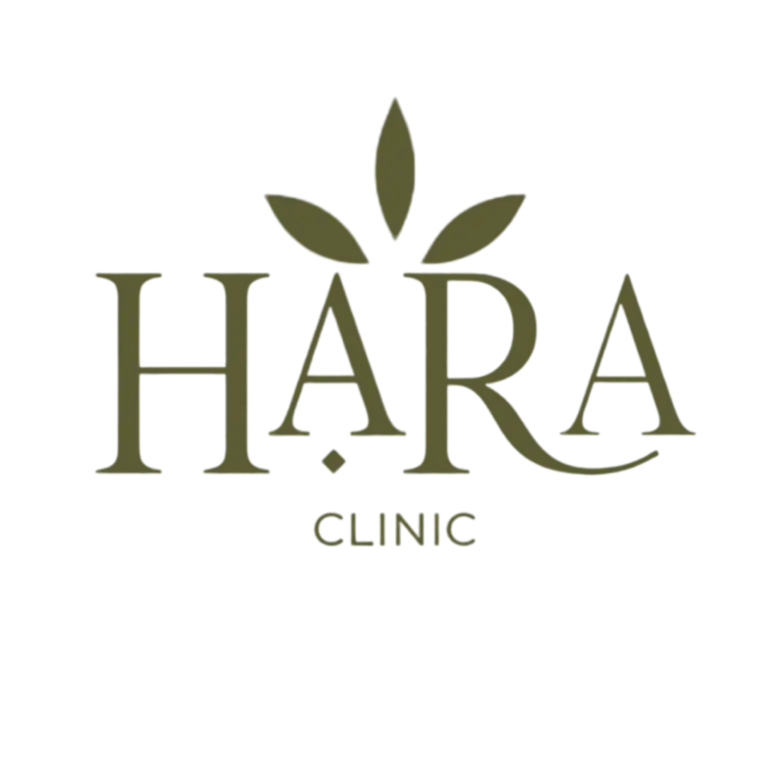Human Immunodeficiency Virus (HIV) remains a major global health concern, but significant advancements in prevention and treatment have been made. One critical preventive measure is Post-Exposure Prophylaxis (PEP), a medical intervention designed to prevent HIV infection after a potential exposure. PEP is an emergency treatment that must be initiated promptly and followed correctly to be effective.
What is PEP?
PEP involves taking antiretroviral medications (ARVs) after potential exposure to HIV to prevent the virus from establishing a permanent infection. The treatment consists of a combination of three ARVs taken daily for 28 days. PEP is intended for emergency situations and is not a substitute for regular preventive measures like using condoms or pre-exposure prophylaxis (PrEP).
When to Use PEP
PEP is recommended for individuals who may have been exposed to HIV through:
- Unprotected sexual contact with someone who is HIV-positive or whose HIV status is unknown.
- Sharing needles or other injection equipment.
- Occupational exposure, such as needlestick injuries in healthcare settings.
- Sexual assault.
To be effective, PEP must be started as soon as possible, ideally within 2 hours of exposure but no later than 72 hours (3 days) after potential exposure. The sooner PEP is initiated, the better the chances of preventing HIV infection.
Accessing PEP
Individuals who believe they have been exposed to HIV should seek immediate medical attention at an emergency room, urgent care clinic, or healthcare provider’s office. Healthcare professionals will assess the risk of exposure and, if appropriate, prescribe PEP. Initial and follow-up HIV testing is required to confirm HIV-negative status before and after completing the PEP regimen.
Effectiveness
PEP is highly effective when taken correctly and started promptly after exposure. Studies indicate that PEP can reduce the risk of HIV infection by over 80% when the full 28-day course of medication is completed. However, its efficacy decreases significantly if treatment is delayed or not taken as prescribed.
Side Effects and Monitoring
Common side effects of PEP may include nausea, fatigue, headache, and gastrointestinal issues, which are generally mild and manageable. Serious side effects are rare, but regular follow-up with a healthcare provider is essential to monitor for any adverse reactions and ensure adherence to the medication regimen.
Challenges and Considerations
While PEP is a vital emergency intervention, there are challenges associated with its use:
- Timeliness: Delays in seeking treatment can reduce PEP’s effectiveness.
- Adherence: Completing the full 28-day course is crucial for PEP to work, but adherence can be challenging due to side effects or other factors.
- Awareness: Lack of awareness about PEP and its availability can prevent individuals from seeking timely treatment.
- Access: Cost and availability of PEP can be barriers, though many health insurance plans and assistance programs cover the treatment.
Conclusion
PEP is a crucial tool in HIV prevention, offering a second chance to prevent infection after potential exposure. Immediate action, adherence to the treatment regimen, and follow-up care are essential for PEP to be effective. Increasing awareness, accessibility, and education about PEP can help more individuals take advantage of this life-saving intervention and reduce the spread of HIV.


